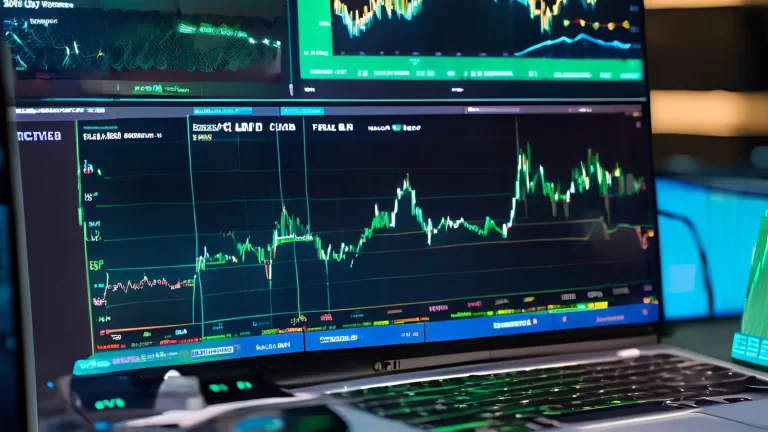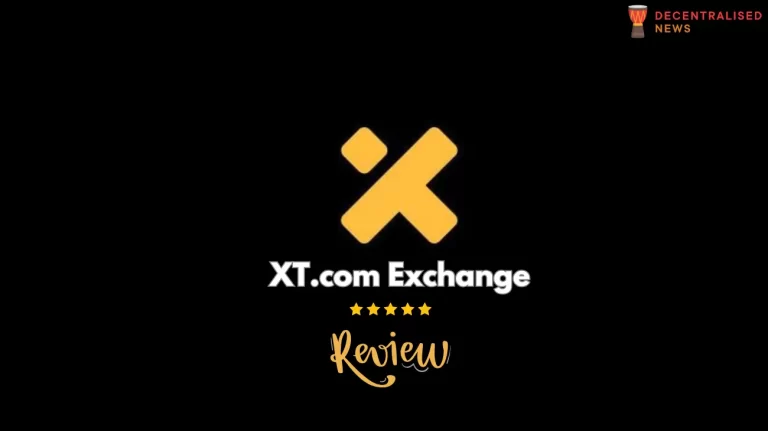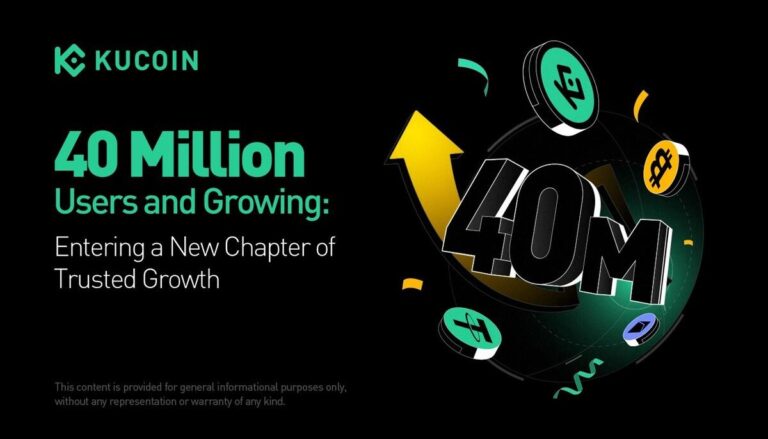Bitcoin Derivatives Trading: A Complete Guide

In the fast-moving, high-volatility world of crypto, Bitcoin derivatives have emerged as powerful financial tools – both feared and revered. They’re not for the faint of heart, but for traders who understand how to wield them, derivatives offer leverage, flexibility, and opportunities far beyond simple buy-and-hold strategies.
This guide is your compass through the world of Bitcoin derivatives – from futures and perpetuals to options and beyond. Whether you’re looking to hedge, speculate, or simply deepen your knowledge of the digital asset markets, buckle up. We’re diving deep into the crypto derivatives revolution.
What Are Bitcoin Derivatives?
Bitcoin derivatives are financial contracts that derive their value from the price of Bitcoin. These instruments allow traders to gain exposure to Bitcoin without holding the underlying asset. More importantly, they enable long and short positions, leverage, hedging, and complex trading strategies.
Think of it as trading the movement, not the coin.
There are four major types of Bitcoin derivatives:
-
Futures
-
Perpetual Futures
-
Options
-
Variance Swaps
Let’s unpack each of these.
1. Bitcoin Futures: Bet on Tomorrow’s Price, Today
Bitcoin futures contracts are agreements to buy or sell BTC at a predetermined price on a specific date in the future. Originally designed for commodities like oil and wheat, futures have become a staple of modern crypto trading.
-
Use Case: Hedge against Bitcoin price volatility or speculate on future movements.
-
Settlement: Can be cash-settled (no BTC changes hands) or physically settled.
🛠 Strategy Snapshot: If you expect BTC to dip, short a futures contract. If you’re bullish, go long. It’s that simple – and that risky.
2. Perpetual Futures: Futures With No Expiry
Perpetual futures (or perpetual swaps) are like regular futures – but without an expiration date. This innovation, pioneered by BitMEX, allows traders to hold positions indefinitely as long as they maintain their margin.
-
Core Feature: Uses funding rates to anchor contract prices to spot market.
-
Benefits: No need to roll over contracts. Ideal for both short- and long-term trades.
-
Risk: High leverage + 24/7 trading = potential for instant liquidations.
🚨 Pro Tip: Always monitor the funding rate. A negative rate means shorts are paying longs – a signal worth watching.
3. Bitcoin Options: The Right, Not the Obligation
Options contracts give traders the right (but not the obligation) to buy (call option) or sell (put option) BTC at a set price before a specified date.
-
Premiums: You pay a premium for the right to execute the trade.
-
Risk-Reward: Losses are capped at the premium, while upside potential is uncapped (calls) or strategic (puts).
🔒 Hedge Play: Buy a put option if you’re worried about a crash. If BTC drops, you profit – or at least offset losses in your spot holdings.
4. Variance Swaps: Volatility as an Asset Class
Bitcoin variance swaps are institutional tools that let traders speculate on BTC’s volatility, rather than price direction. These swaps pay out based on the difference between expected and actual volatility over a period.
-
Users: Mostly used by funds and trading firms.
-
Benefit: Pure volatility play, independent of directional bias.
-
Introduced by: GSR Markets in 2019.
⚡ Edge: Great for market-neutral strategies or volatility arbitrage.
Why Trade Derivatives Instead of Spot Bitcoin?
Spot trading is simple – you buy BTC and wait. But derivatives offer a far broader toolkit:
| Feature | Spot Trading | Derivatives Trading |
|---|---|---|
| Leverage | ❌ No | ✅ Yes (2x–125x) |
| Shorting | ❌ Difficult | ✅ Easy |
| Hedging | ❌ Limited | ✅ Versatile |
| Cost Efficiency | ❌ High network fees | ✅ Lower trading fees |
| Regulation | ✅ Widely regulated | ⚠️ Varies by jurisdiction |
For professionals, institutions, and aggressive traders, derivatives unlock profit potential not available in the spot market.
The Dark Side: Risks of Bitcoin Derivatives
Where there’s potential for profit, there’s also peril. Crypto derivatives are a high-stakes game that requires strategy, precision, and restraint.
Major risks include:
-
High Leverage = High Liquidation Risk
-
Market Manipulation
-
Lack of Regulation (on some platforms)
-
Emotional Decision-Making
-
Counterparty Risk (especially in P2P or offshore exchanges)
🧠 Smart Move: Use stop-loss orders, only risk what you can afford to lose, and start with small positions. Demo accounts are your friend.
Choosing a Bitcoin Derivatives Exchange
Here are some of the best platforms to consider:
| Exchange | Best For | Max Leverage | Notable Feature |
|---|---|---|---|
| Binance | Copy trading & high liquidity | 125x | Auto-Deleveraging system |
| Bybit | Derivatives beginners | 100x | Demo mode, strong UI |
| OKX | Options & futures pros | 100x | Advanced tools & mobile app |
| BitMEX | Hardcore perpetuals trading | 100x | Industry pioneer |
| dYdX | DeFi derivatives | 20x | On-chain trading |
Conclusion: Derivatives Are the Engine of Modern Crypto Markets
Bitcoin derivatives aren’t just speculative playthings. They’re the infrastructure that enables liquidity, hedging, and price discovery in a 24/7 digital asset economy. They transform Bitcoin from a volatile store of value into a programmable, tradable instrument with global impact.
But power comes with responsibility.
Traders who succeed in this space aren’t just lucky – they’re disciplined, data-driven, and patient. If you’re stepping into the crypto derivatives arena, treat it like a profession. Master the tools. Manage your risk. Know your exits before you enter.
Because in the world of crypto derivatives, knowledge isn’t just power – it’s protection.






